From Data Chaos to Trusted Intelligence
There is no modern business without data. However, without shared meaning and governance, it’s an unstable asset. Every department defines terms differently — “revenue” means one thing to Finance, another to Sales, and something entirely else to Operations.
When Generative AI (GenAI) systems start reasoning over such fragmented data, they don’t produce insight — they produce confident mistakes.
That’s why a semantic layer — the layer that gives data business meaning and structure — is now one of the most critical pillars of enterprise data management. Its advanced form, the Universal Semantic Layer (USL), not only unifies metrics across sources but also acts as a safety and trust layer between humans, AI agents, applications and data.
The Hidden Problems Behind Dashboards
- Data fragmentation — the “Tower of Babel” effect
Large enterprises typically operate across dozens of data sources: CRMs, ERPs, BI tools, cloud platforms, and external APIs. Each system defines key business terms differently, which results in inconsistent metrics, endless reconciliation, and lost confidence in analytics. - Limitations of BI semantic layers
BI tools such as Power BI, Tableau, and Qlik have proprietary, siloed semantic layers. Changing one metric definition requires manual updates everywhere, thereby increasing operational inefficiency and costly redundancy. - The GenAI acceleration paradox
GenAI enables anyone to query data in natural language — a revolutionary shift in accessibility. But without a shared semantic foundation, the model’s interpretation of “customer churn” or “net revenue” is often wrong. This leads to hallucinated insights, regulatory exposure, and decisions based on fiction.
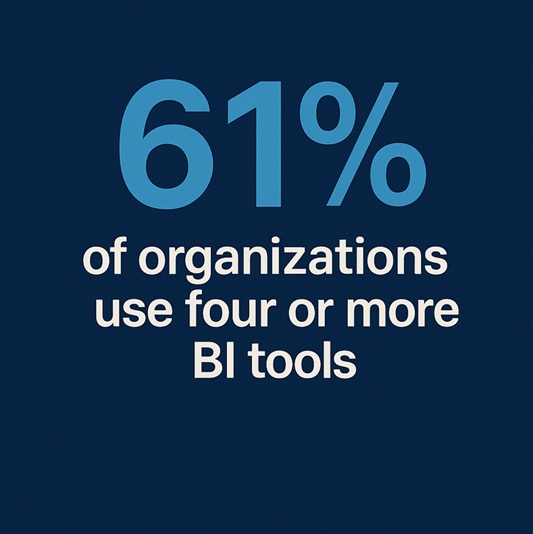
We will focus primarily on this GenAI influence on data management systems.
The Rising Risks of GenAI Adoption
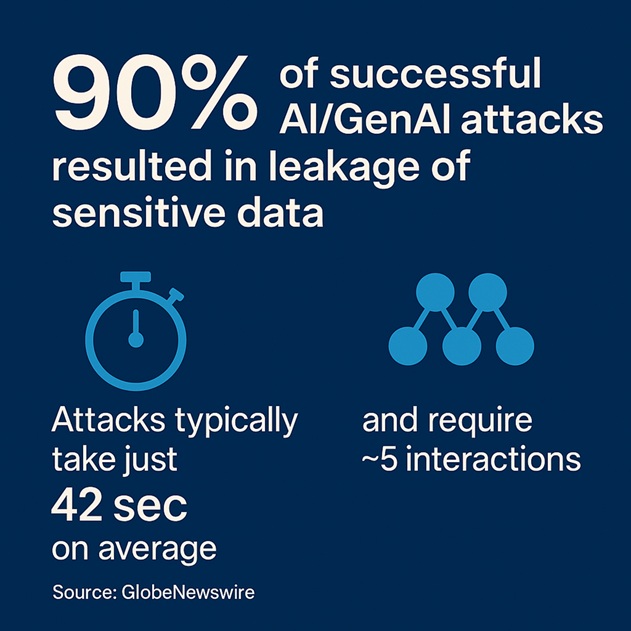
The power of GenAI lies in its autonomy — it can understand, reason, and act. But this very autonomy introduces new categories of risk that exceed traditional cybersecurity boundaries.
According to Adversa AI’s 2025 report on the Top 25 MCP (Model Context Protocol) vulnerabilities, many AI agents today operate with excessive privileges, fragmented identities, and little control over what they can actually do.
Let’s unpack what that means for your organization.
Top 5 Critical Risks
Here’s a synthesis of the top 5 most devastating risks identified in Adversa report, combined with leading AI/GenAI risk frameworks (especially OWASP GenAI). Risks are their potential impact, ease of exploitation or both.
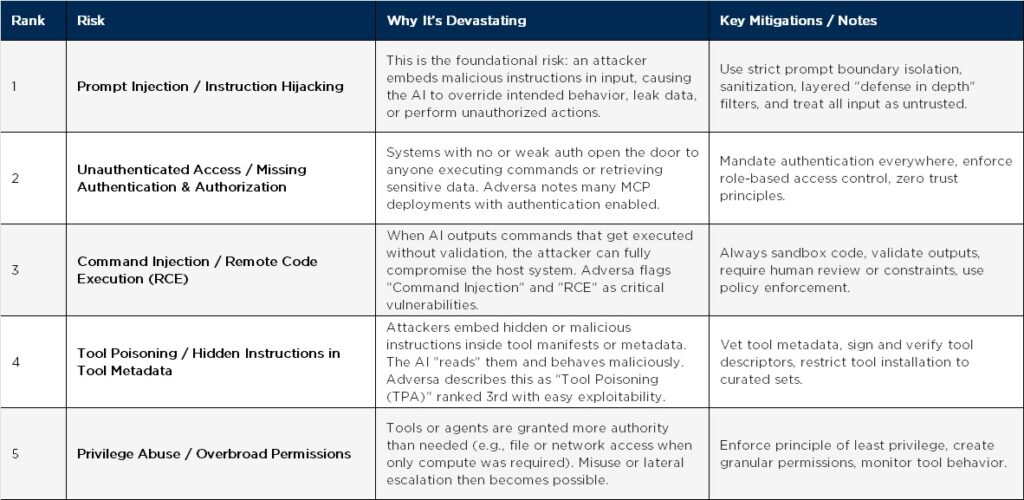
Other Important Risks
Beyond the MCP-specific list, broader GenAI security ecosystems (such as OWASP GenAI and AI risk reports) surface several other critical risks that enterprises must defend against. These are often complementary to the MCP risks:
- Data / Model Poisoning: Malicious actors inject false or biased examples into training or memory stores, causing the model to misbehave or leak sensitive data. (HackerOne)
- Sensitive Information Disclosure / Data Leakage: Models inadvertently reveal private data (from training or context).
- Excessive Agency: AI agents are given too much autonomy, potentially leading to harmful decisions.
- Unbounded Consumption / Resource DoS: Malicious prompts generate large, runaway compute usage, either to incur costs or to cause denial-of-service.
- Vector / Embedding Weaknesses: Manipulation or inversion of embeddings used for retrieval/semantic search.
- Prompt / System Prompt Leakage: Leaking system-level instructions or secrets embedded in prompt templates.
These additional risks often interact with MCP vulnerabilities—e.g., a poisoned tool can manifest via command injection or prompt injection.
Why These Risks Are Most Devastating
- Ease of Exploitation + High Impact: Several of these (such as prompt injection or lack of authentication) require minimal sophistication but can result in full compromise.
- Broad Exposure: They touch multiple layers—agent logic, tool execution, identity, and data access—so one failure cascades.
- Difficult to Fully Mitigate: Some attacks (e.g. prompt injection or tool poisoning) don’t have perfect defences; mitigation is layered and probabilistic.
- Regulatory & Reputational Risk: Data leaks or unauthorised actions can trigger regulatory penalties (GDPR, contractual breach) and loss of trust.
- Amplified by Autonomy: The fact that GenAI agents can act makes even a minor exploit potentially catastrophic.
Universal Semantic Layer – the Missing Link
The Universal Semantic Layer (USL) sits between your data and your AI systems — a single, independent layer that provides context, control, and consistency across all tools and users.
It ensures that:
- Every definition of a metric (e.g., “revenue,” “active customer”) is consistent across platforms.
- Every AI or analytics query passes through a governance layer that enforces access and visibility rules.
- Every interaction with GenAI agents is traceable, explainable, and compliant.
In short, the USL transforms data from a liability into a trusted, AI-ready asset.
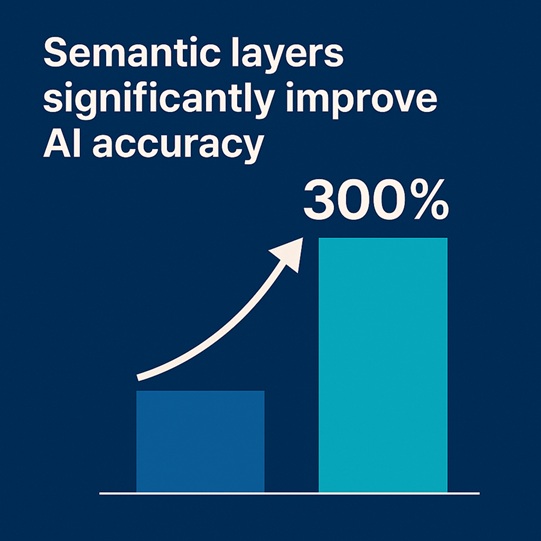
Key Capabilities of a Universal Semantic Layer
- Platform-agnostic architecture – connects data from Snowflake, SAP, Power BI, Databricks, Oracle, and more.
- Centralised object (metric, attribute, filter, …) management – one definition, globally enforced.
- Granular access control – visibility by user, role, or data column.
- Natural Language Query (NLQ) enablement – provides context for GenAI to interpret queries correctly.
- Comprehensive audit trail – transparency for compliance and accountability.
- Performance optimisation – caching and query reuse can reduce cloud costs by 30–50%.
Implementation Pathway
- Assess your current landscape – inventory data sources, metric definitions, and ownership.
- Create a business glossary – define and align terminology across departments.
- Deploy a USL platform – options include Strategy.com Cube.dev, AtScale, or dbt Semantic Layer.
- Integrate with GenAI – let AI agents query through the semantic layer for accuracy and governance.
- Measure trust, not just usage – track improvements in data reliability, speed-to-insight, and compliance.
Comparison of the Semantic Layer Platform’s Functionality
Here’s a comprehensive comparison table of the four leading semantic layer platforms: Strategy.com, Cube.dev, AtScale, or dbt Semantic Layer. Capability domains group them.
Modeling & Business Logic

Governance, Security & Compliance

Performance, Optimization & Caching

Connectivity & Interoperability

AI & Semantic Intelligence

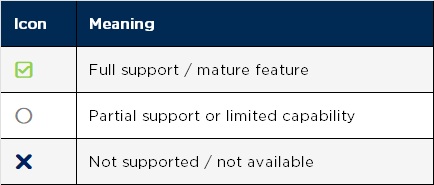
CxO Playbook for Safe and Scalable GenAI
- Establish a universal semantic layer as your single source of truth.
- Implement data masking and access controls within that layer.
- Align with OWASP LLM Top 10 and NIST AI RMF security frameworks.
- Monitor and log all prompts and responses from GenAI systems.
- Conduct AI red-team exercises (prompt injection, data exfiltration, RCE).
- Build identity governance across humans, services, and agents.
- Set budget-aware prompting limits to avoid runaway costs.
- Train staff to detect AI-driven phishing and misinformation.
- Review and update semantic definitions regularly.
- Integrate AI risk management into your enterprise cybersecurity strategy.
From Data to Trust
In the GenAI era, data alone no longer creates a competitive advantage — trusted data does.
A Universal Semantic Layer provides the structure and safeguards that let AI operate with context, precision, and accountability.
By investing in a universal semantic layer today, you build not just a data foundation, but a trust foundation for the future of AI-driven business.
Contact us for more information on your options.

Read more
Data Repatriation and Sovereignty: Building Resilient, AI-Ready Architectures
Data ownership as a fundamental safeguard against risks, an economic imperative for cost efficiency, and a regulatory baseline for jurisdictional compliance rev...
Read moreThe Universal Semantic Layer – The Key to Data Security and Usage Compliance
For organizations aiming to master a data-intensive world In an era where artificial intelligence (AI) and its agents are becoming critical to business success,...
Read more
